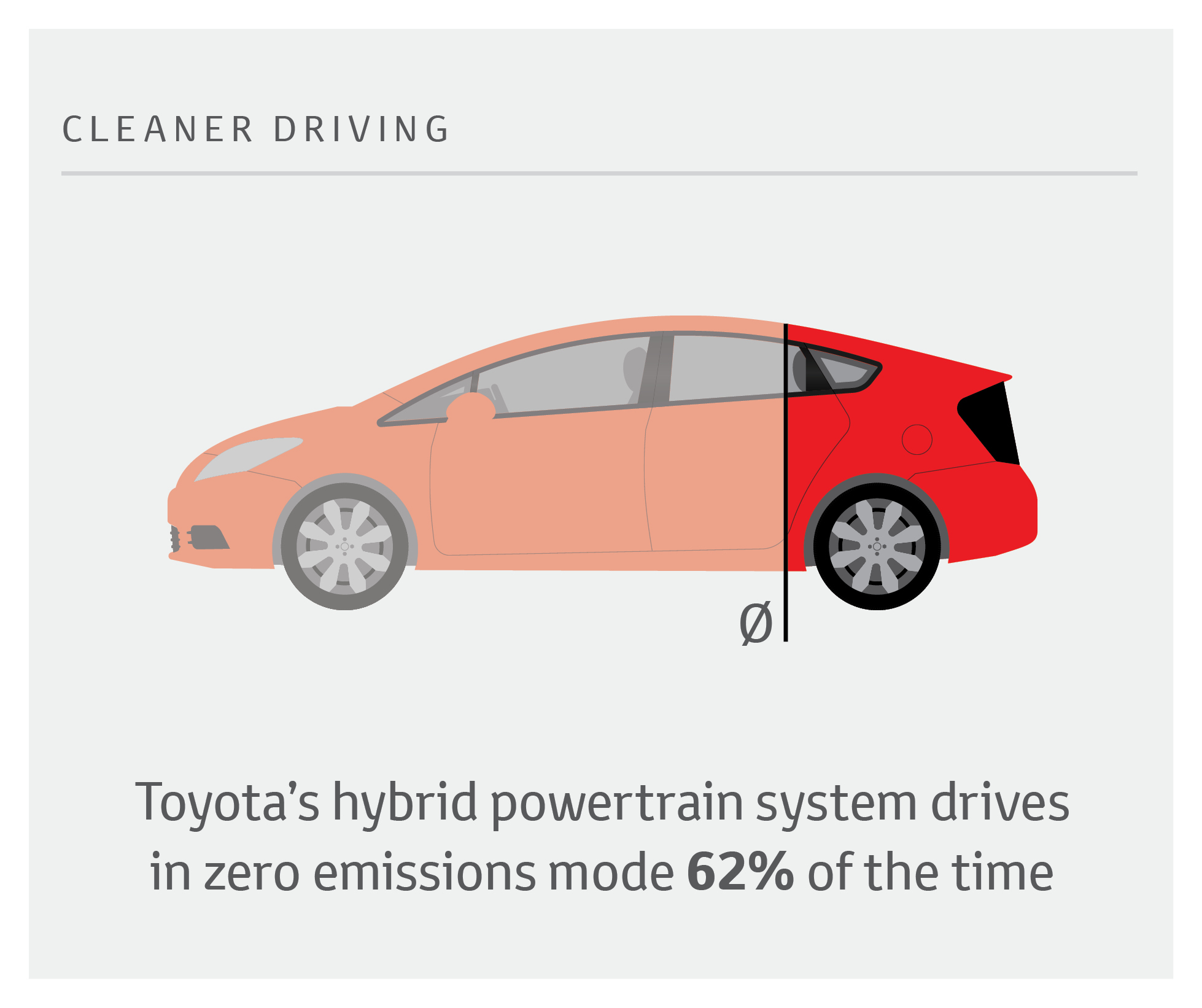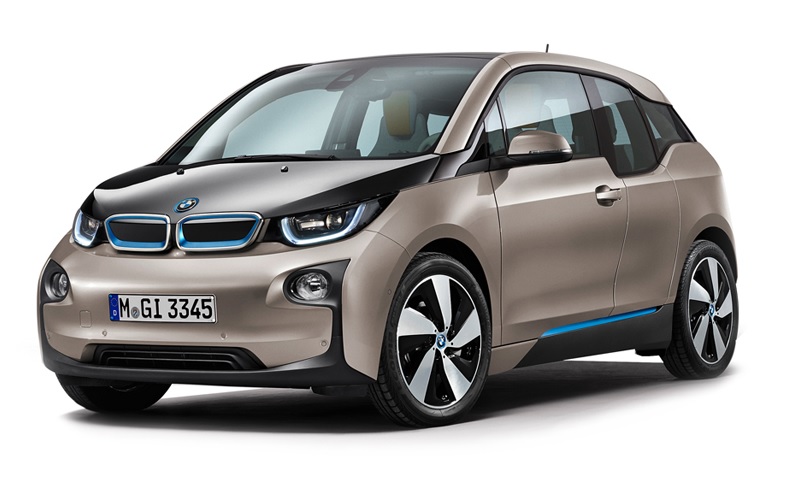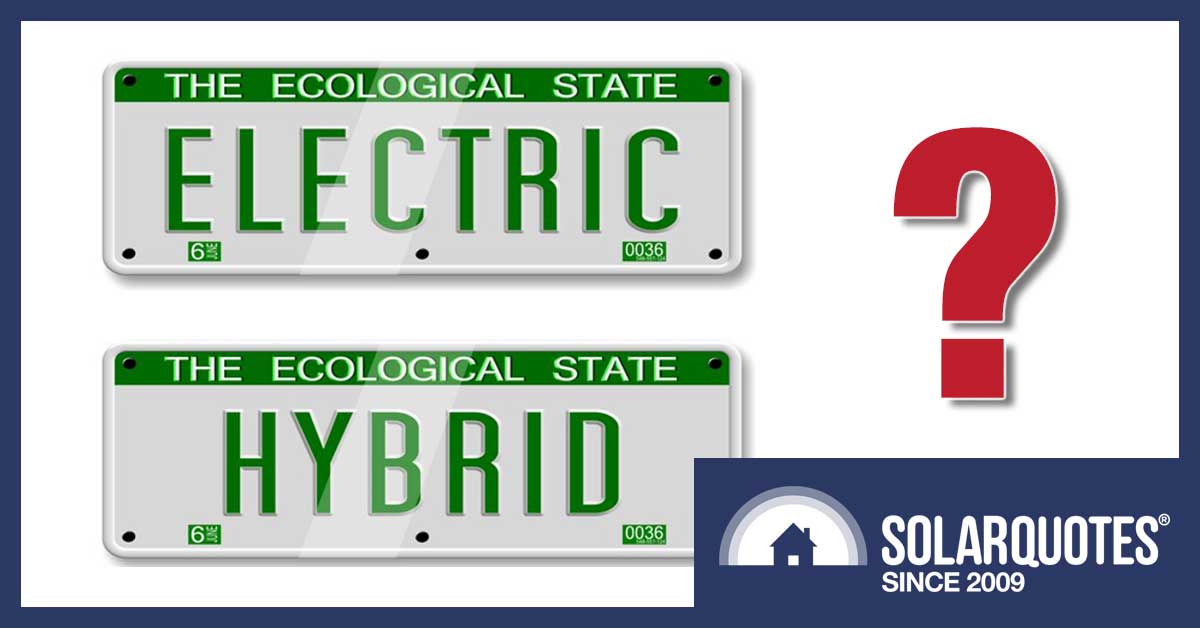


Greenhouse gas emissions are regulated by the Environmental Protection Agency (EPA), and fuel economy standards are regulated by the National Highway Traffic Safety Administration (NHTSA), often-but not necessarily-in a joint rulemaking. Regarding vehicle emissions and fuel economy standards, the federal government sets standards in the United States to avoid having many different state standards which could put a significant regulatory burden on vehicle manufacturers. These policies incentivize the increased use of several types of alternative fuel vehicles including battery-electric vehicles (BEVs), plug-in hybrid-electric vehicles (PHEVs), and hydrogen fuel-cell vehicles (FCEVs). To change this trajectory, states have utilized several types of alternative vehicle policies including vehicle GHG emissions standards, zero-emission vehicle (ZEV) mandates, and financial incentives for purchasing alternative vehicles and building alternative vehicle infrastructure. Driven by increased travel demand, low fuel prices, and urban sprawl, transportation emissions grew about 23 percent between 1990 to 2019.

The transportation sector became the largest source of U.S.


 0 kommentar(er)
0 kommentar(er)
